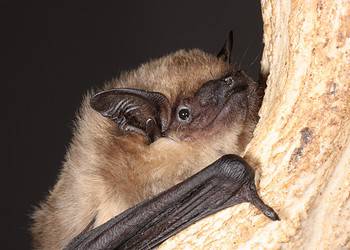
You’ll hear a thousand different opinions (from both men and women) about what makes female breasts attractive. Even so, researchers sought to establish some objective indicators that may determine which breast areas receive the most attention.
Polish plastic surgeons at the Orlowski Memorial Hospital in Warsaw recruited 50 male and 50 female volunteers who were asked to judge the aesthetics and symmetry of eight types of female breasts. The featured breasts varied in their size and degree of ptosis (sagging).
Rather than relying on their subjective assessment, the researchers turned to an objective indicator that doesn’t lie: the eyes. Using eye-tracking technology, the researchers gathered data on which parts of the breast received the most attention and for how long.
Although there were some slight differences in the way men and women assessed breast attractiveness, as well as some variations in terms of breast size, the results suggest that both sexes employ a similar gaze pattern.
The main area of interest was the lower portion of the breast, especially the nipple and surrounding area, known as the nipple-areola complex (NAC). About three-fourths of gaze time was dedicated to the NAC and lower breast. Although men paid more attention to the upper breast than women, this area was generally ignored compared to the lower portion of the breast.
“This data may be helpful for understanding and subsequent standardization of subjective breast assessment procedures, and perhaps might even facilitate surgeon-patient communication regarding priorities of the surgery,” the authors wrote in the journal Plastic and Reconstructive Surgery.
What makes a breast attractive isn’t necessarily a vain question. This kind of insight may prove useful in plastic surgery, especially in cases where a breast needs to be reconstructed following a mastectomy. During a mastectomy, the entire breast is removed through surgery in order to treat cancer. Approximately 1 in 8 women with invasive cancer in one breast now have both breasts removed.
“We were able to understand what specifically patients were looking at, and also understand where we can improve our results,” commented Gordon Lee, MD, one of the study authors. “By understanding the gaze pattern of patients preoperatively and postoperatively, we can target our surgical procedures to achieve the optimal symmetry.”
Previously, a team of researchers at Stanford University found that restoring the NAC during reconstructive surgery after mastectomy also restored normal viewing patterns of the breasts.
“By looking at where a participant’s gaze is directed, we can see what their attention is being drawn to–whether it be a scar, a shadow, a fold or a crease,” said Rahim Nazerali, MD, one of the co-authors of the Stanford University study. “This technology allows us to enhance certain features or disguise parts of the procedure area to provide the patient with the best possible outcome.”






